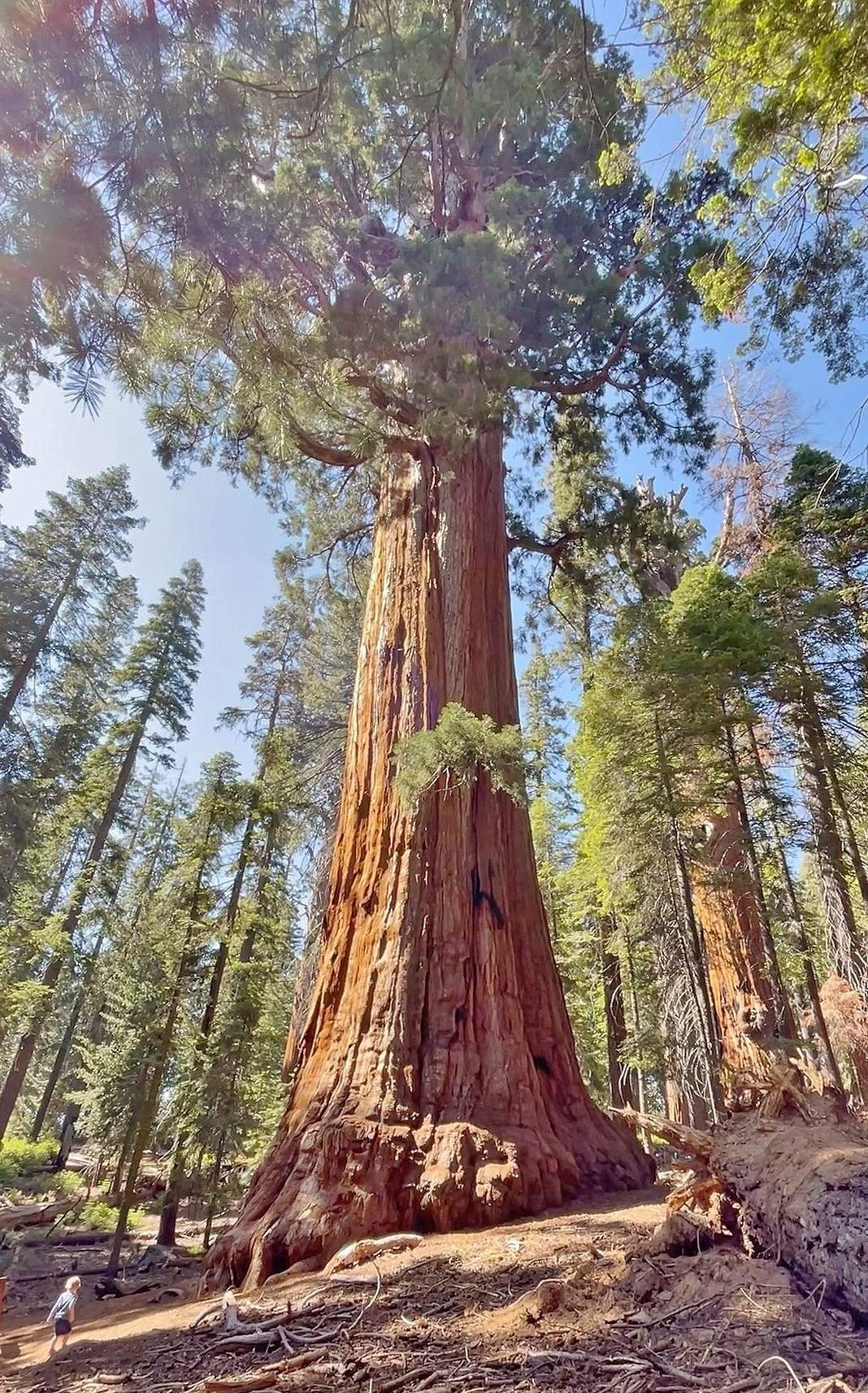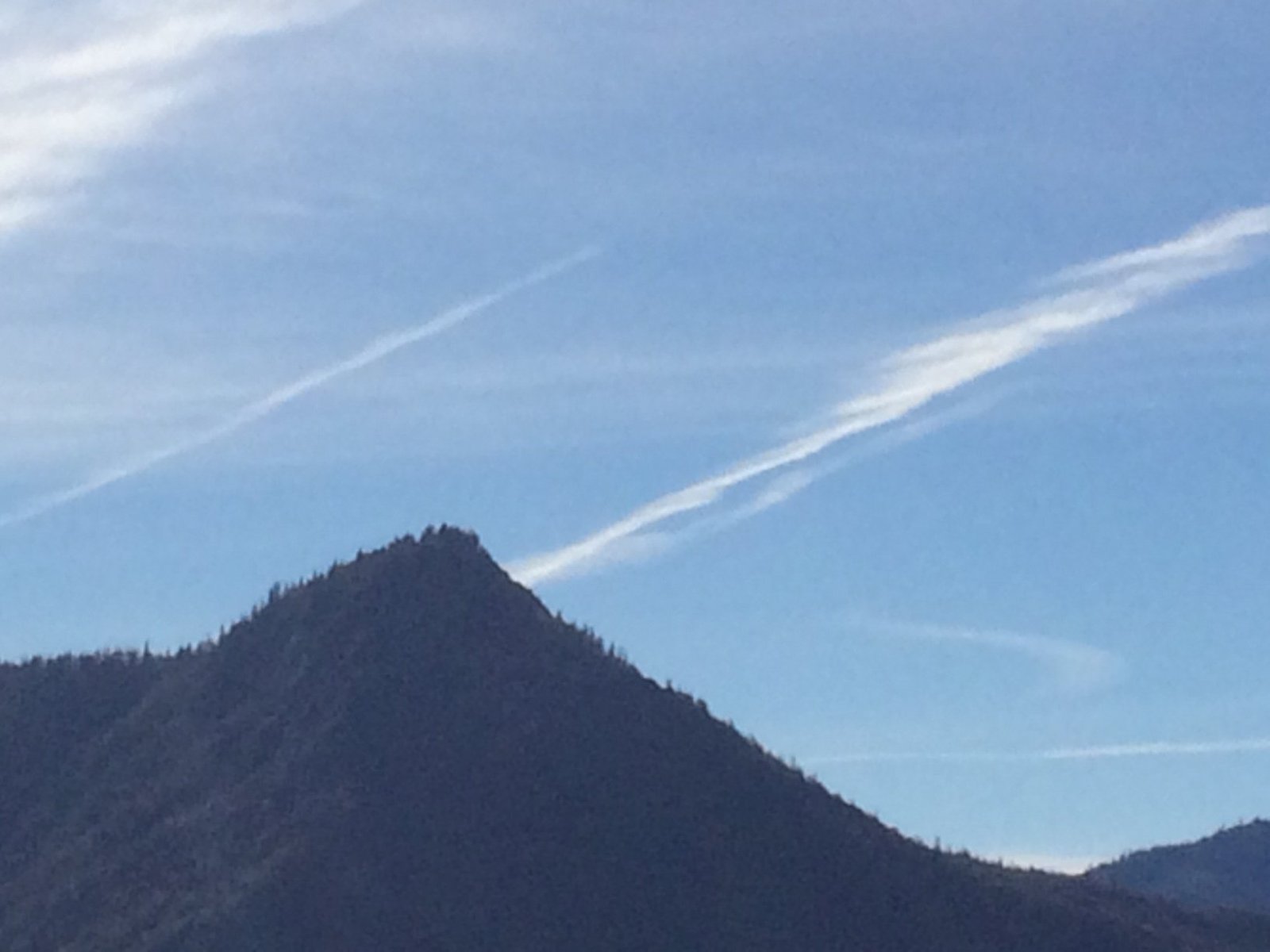Cobalt Lake, often mistakenly associated with Sequoia National Park, is actually a stunning alpine lake located in Glacier National Park, Montana. This pristine body of water, nestled in a picturesque mountain setting, offers visitors a challenging yet rewarding hiking experience. The trail to Cobalt Lake spans approximately 11.2 miles round trip, featuring diverse landscapes, from lush forests to open meadows, and culminating in breathtaking views of the surrounding peaks. Despite its name not being connected to Sequoia National Park, Cobalt Lake remains a must-visit destination for nature enthusiasts and hikers seeking solitude and natural beauty.
What Are the Trail Details for Cobalt Lake?

The journey to Cobalt Lake is an adventure in itself, offering hikers a diverse and challenging experience. Here are the key details of the trail:
- Distance: 11.2 miles round trip
- Elevation Gain: 1,450 feet
- Highest Elevation: 6,597 feet
- Estimated Hiking Time: 6-8 hours
The trail begins at the South Shore Trailhead of Two Medicine Lake and guides hikers through various terrains:
- Forest sections
- Open meadows
- A U-shaped valley
- Suspension bridges and footbridges
- Switchbacks leading to the lake
It’s crucial to note that the trail can be closed due to bear activity. Always check current conditions at the Two Medicine Ranger Station before embarking on your hike.
What Are the Best Photography Tips for Capturing Cobalt Lake?

Capturing the beauty of Cobalt Lake requires some planning and the right equipment. Here are some tips to help you get the perfect shot:
Optimal Lighting Times
- Early morning: Soft, golden light enhances colors
- Late afternoon: Warm hues create a magical atmosphere
Recommended Equipment
- Camera with good dynamic range
- Wide-angle lens for expansive views
- Polarizing filter to reduce glare and enhance colors
Best Viewpoints
- Southern shore: Offers scenic backdrop of Mt. Rockwell
- Eastern shore: Provides views of Sinopah Mountain
- Cobalt Lake Backcountry Campground area: Unique perspectives of the lake
What Are the Camping Options Near Cobalt Lake?
For those looking to extend their stay and immerse themselves in the wilderness, camping near Cobalt Lake is an excellent option. Here’s what you need to know:
| Campsite Information | Details |
|---|---|
| Location | Cobalt Lake Backcountry Campground |
| Number of Sites | 2 |
| Amenities | Primitive (basic camping facilities only) |
| Reservation | Required (obtain permit through park’s backcountry office) |
| Associated Costs | Backcountry permit fee + potential additional fees |
It’s advisable to plan ahead and secure permits in advance, especially during the peak season (July to September).
When Is the Best Time to Visit Cobalt Lake?
Choosing the right time to visit Cobalt Lake can greatly enhance your experience. Consider the following factors:
Seasonal Weather Conditions
- Summer (July-August): Warm and dry, ideal for hiking
- Early Fall (September): Pleasant temperatures, fewer crowds
- Spring: Wildflowers bloom, but trails may be snowy/muddy
- Winter: Not recommended due to heavy snow and trail closures
Peak Visitor Times
- Busiest month: August
- Peak season: July through September
Activities and Attractions
While there are no specific events at Cobalt Lake, the area offers:
1. Wildflower viewing (spring and early summer)
2. Wildlife spotting (bears, moose, bighorn sheep)
3. Scenic beauty of surrounding mountains and lakes
How Does Cobalt Lake Compare to Lakes in Sequoia National Park?
Although Cobalt Lake is not in Sequoia National Park, it’s natural to draw comparisons. Here’s how it stacks up:
- Elevation: Cobalt Lake (6,597 ft) vs. Sequoia’s lakes (varying elevations)
- Accessibility: More remote than many Sequoia lakes
- Surrounding Landscape: Glacier-carved valleys vs. Sequoia’s granite formations
- Wildlife: Different species due to geographical location
- Vegetation: Alpine flora vs. Sequoia’s coniferous forests
What Should Hikers Know Before Attempting the Cobalt Lake Trail?
Preparing for the Cobalt Lake hike is crucial for a safe and enjoyable experience. Consider these points:
- Physical Preparation: The trail is strenuous, requiring good fitness levels
- Bear Safety: Carry bear spray and know how to use it
- Weather Changes: Be prepared for sudden weather shifts
- Water Sources: Bring a water filter for refilling from streams
- Leave No Trace: Practice responsible hiking and camping
How Can Visitors Minimize Their Environmental Impact at Cobalt Lake?
Preserving the pristine nature of Cobalt Lake is everyone’s responsibility. Follow these guidelines:
- Pack out all trash
- Use established campsites and trails
- Properly store food to avoid attracting wildlife
- Use biodegradable soap for washing
- Respect wildlife and maintain a safe distance
What Are the Unique Geological Features Around Cobalt Lake?
The area surrounding Cobalt Lake showcases fascinating geological formations:
- U-shaped valleys carved by glaciers
- Towering peaks like Mt. Rockwell and Sinopah Mountain
- Glacial moraines and erratics
- Alpine meadows and talus slopes
Understanding these features enhances the hiking experience and appreciation for the landscape’s formation.
How Does the Ecosystem of Cobalt Lake Differ from Sequoia National Park?
While both areas boast rich ecosystems, they have distinct characteristics:
| Aspect | Cobalt Lake (Glacier NP) | Sequoia National Park |
|---|---|---|
| Flora | Alpine wildflowers, subalpine fir | Giant sequoias, mixed conifer forests |
| Fauna | Grizzly bears, mountain goats | Black bears, mule deer |
| Climate | Subarctic | Mediterranean |
| Elevation | Higher average elevation | Lower average elevation |
| Water Bodies | Glacial lakes | Rivers and streams |
This comparison highlights the unique aspects of each ecosystem, emphasizing the diversity of America’s national parks.
In conclusion, while Cobalt Lake is not part of Sequoia National Park, it offers a equally magnificent natural experience. Its challenging trail, stunning vistas, and pristine alpine environment make it a worthy destination for any outdoor enthusiast. Whether you’re a photographer, hiker, or nature lover, Cobalt Lake promises an unforgettable adventure in the heart of Glacier National Park’s wilderness.
References:
1. Cobalt Lake – hikes in Glacier National Park
2. Cobalt Lake and Two Medicine Pass – Hiking & Walking
3. Cobalt Lake – Hike 734

